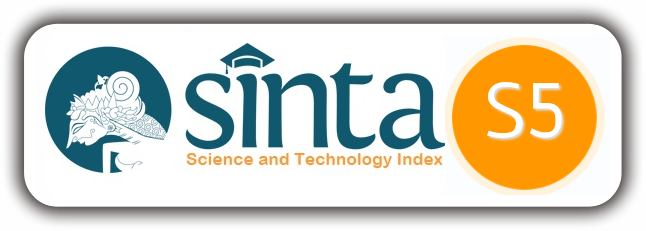Rancang Bangun Software Universal Astrolabe Berbasis Javascript dan Uji Akurasinya dalam Hisab Arah Kiblat
(1) IAIN Syekh Nurjati Cirebon
(2) IAIN Syekh Nurjati Cirebon
(3) IAIN Syekh Nurjati Cirebon
(*) Corresponding Author
Abstract
Keywords
Full Text:
PDFReferences
Berggren, J.L. Episodes in the Mathematics of Medieval Islam. New York: Springer, 1986.
Borg, Walter R., & Gall, Meredith D. Educational Research: An Introduction, 7th ed. New York: Longman, 2003.
Chabás, José, dan Bernard R. Goldstein. The Alfonsine Tables of Toledo. Dordrecht: Springer, 2003.
Comes, Mercè. "The Legacy of al-Zarqālī in the European Renaissance." Dalam Science in the Medieval Hebrew and Arabic Traditions, disunting oleh Gad Freudenthal, 237–260. Aldershot: Ashgate, 2005.
Crockford, Douglas. JavaScript: The Good Parts. Sebastopol: O'Reilly Media, 2008.
ECMA International. ECMAScript® 2023 Language Specification, 14th Edition. Juni 2023. https://262.ecma-international.org/14.0/.
Flanagan, David. JavaScript: The Definitive Guide, 7th ed. Sebastopol: O'Reilly Media, 2020.
Hill, Donald R. Islamic Science and Engineering. Edinburgh: Edinburgh University Press, 1993.
King, David A. Astronomy in the Service of Islam. Aldershot: Variorum, 1993.
King, David A. In Synchrony with the Heavens: Studies in Astronomical Timekeeping and Instrumentation in Medieval Islamic Civilization. Leiden: Brill, 2004.
MDN Web Docs. "JavaScript." Mozilla Developer Network, 2023. https://developer.mozilla.org/en-US/docs/Web/JavaScript (diakses 13 April 2024).
Morrison, James E. The Astrolabe. London: Reichelt & Sons, 2007.
Neugebauer, Otto. A History of Ancient Mathematical Astronomy. Berlin: Springer, 1975.
North, John. The Norton History of Astronomy and Cosmology. New York: W.W. Norton & Company, 1995.
Poulle, Emmanuel. Les Instruments Astronomiques du Moyen Âge. Paris: Brieux, 1983.
Saliba, George. A History of Arabic Astronomy: Planetary Theories During the Golden Age of Islam. New York: New York University Press, 1994.
Samsó, Julio. Islamic Astronomy and Medieval Spain. Aldershot: Variorum, 1994.
Sugiyono. Metode Penelitian Kuantitatif, Kualitatif, dan R&D. Bandung: Alfabeta, 2013.
Turner, Gerard L'E. Astrolabes and Astrolabe Related Instruments. London: Sotheby’s Publications, 1985.
W3Schools. "JavaScript Introduction." 2023. https://www.w3schools.com/js/js_intro.asp (diakses 13 April 2024).
DOI: 10.24235/mahkamah.v9i1.20514
Article Metrics
Abstract view : 18 timesPDF - 1 times
Refbacks
- There are currently no refbacks.


